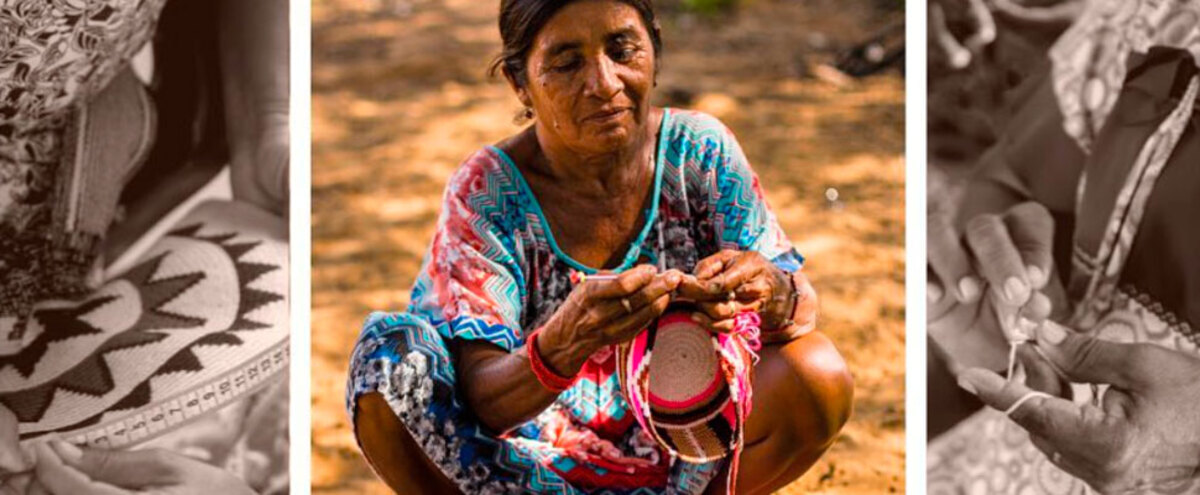The Fashion Industry as a Social Approach
Indigenous women are the most vulnerable to fashion and brands; however, Emilia Torres seeks to link fashion with poverty and give it another perspective.

The Woman Post | María Carolina Rivero
Escucha este artículo
Read more content like this at: thewomanpost.com
A study called "What's wrong with the fashion industry?" conducted by Mathilde Charpail in 2017 and published in Sustain your Style revealed that we now have five times more clothes than our grandparents had. This action generates severe consequences for our health, our planet, and people's lives because the quality of clothing worsens.
The data collected indicates that 400% more clothes are produced today compared to 20 years ago. In addition, large companies make 80 billion garments yearly, and 52 collections are launched instead of 2 seasons. This generated that people wear an attire seven times and then they have been discarded. The findings showed that 35 kilograms of textile were wasted per person per year.
Clothes became disposable; that is, a family from the Western world discards 30 kilograms of clothes a year. Of this figure, only 15% is recycled or donated, and the rest goes to landfills. However, synthetic fibers are not biodegradable and take up to 200 years to decompose.
Brands, Fashion and Women: The Present With an Industrialized Approach
An article called "Influence of specialized magazines on fashion consumption" by Concha Pérez Curiel of the University of Seville revealed that society demands fashion publications that serve as consumer guides. The function of the media has been analyzed for the consumption of garments by readers. The text suggests the studies of 3 magazines, including S Moda, Elle, and Harper's Bazaar, where makeup, fashion, and trend products, among others, are frequently shown. The figures collected from the analysis indicated that the journals have an audience of 37.3% of women and 27.9% of men.
Vogue, Elle, Marie Claire, and Cosmopolitan magazines present a clear innovative approach and seek to bet on the independence of women. In addition, they seek to encourage the consumption of fashion garments and beauty items to reaffirm their feminine identity. In this way, the role of women is activated, not only in society but also from a social perspective.
The study concluded that magazines show 40% of fashion content, 25% of makeup content, 20% of cosmetic content, and 15% of varied content. Likewise, 40% of fashion brands like Chanel, Dior, or Loewe appear. In addition, cosmetic firms such as Biotherm, Lancome, or Sisley appear with 25%, and makeup brands such as Mac, Bobby Brown, or Estée Lauder with 20%.
Emilia Torres: Fashion With a Social Perspective for Vulnerable Women
Emilia Torres, Executive Director of the Hilo Sagrado Foundation, works on textile projects and seeks to economically and culturally empower women in indigenous communities. Her experience leads her to grow in tissues to meet the long-term needs of communities. In addition, the proposal of the fabrics provides a great ancestral value in the communities because women transmit their learning and offer a future to their inhabitants.
Also read: WHITNEY WOLFE, CEO OF BUMBLE AND WORLD'S YOUNGEST SELF-MADE BILLIONAIRE
The leader seeks to impact people in communities and large companies to open the doors to other markets that wish to influence women's power. Emilia managed to design in the garments colorful fabrics that make you feel rooted in her culture.
In short, this great woman offers the opportunity to these people a social approach to fashion. Emilia Torres focuses on vulnerable women who belong to indigenous peoples and who seek to emerge with this type of ideal project in textile crafts.




